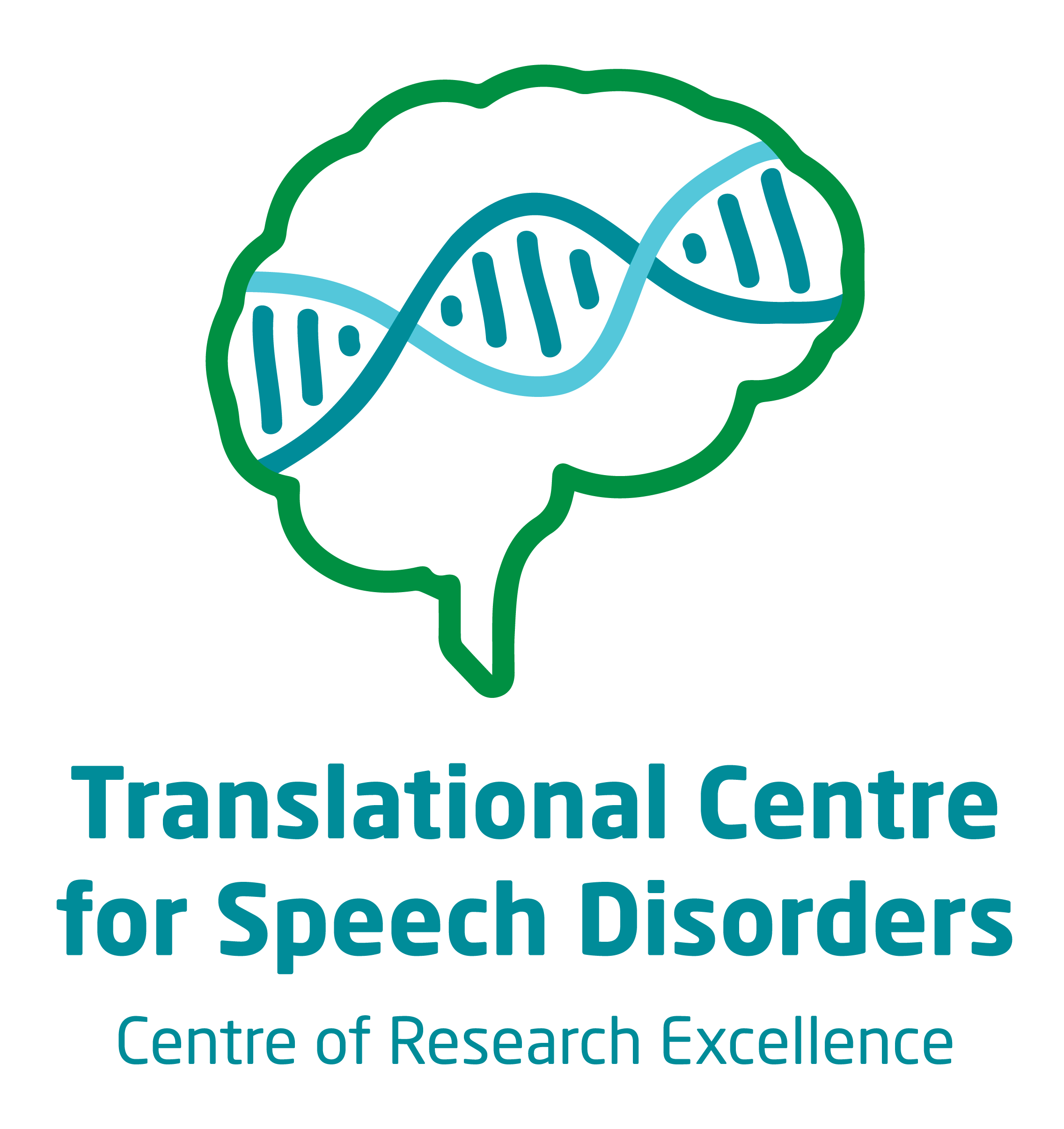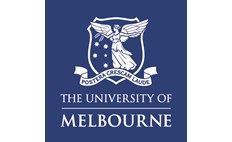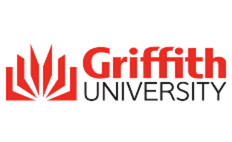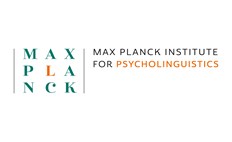HNRNPK
What is HNRNPK syndrome?
HNRNPK gene belongs to a large family of HNRNP genes that is involved in many steps of RNA processing and protein synthesis. HNRNPK gene encodes an RNA-binding protein nucleic (hnRNP K) that regulate gene expression and plays an important role brain development and functioning.1,2 HNRNPK syndrome is associated with range of neurodevelopmental disorders and congenital malformation syndromes, including Au-Kline syndrome/Okamoto syndrome and Kabuki syndrome. Individuals with HNRNPK syndrome can have intellectual disability, autism, attention deficit hyperactivity disorder, epilepsy, schizophrenia, global delay, fine and gross motor delay, hypotonia (low muscle tone), and dysmorphic facial features (e.g., round face, large ears). Other conditions, such as genitourinary (urinary) issues, cardiac abnormalities, structural brain abnormalities, skeletal, hand and feet abnormalities have also been reported. 1,2,3,4
Contact
For further information, do get in touch with the CRE Speech and Language research team at:
Email: geneticsofspeech@mcri.edu.au
Phone: (03) 9936 6334
Frequently asked questions
There is much variation in the developmental presentation of children with HNRNPK syndrome. The presence and severity of other associated features (e.g., intellectual disability) may also affect speech development. Based on present research, some children with HNRNPK syndrome will take more time to reach developmental speech and language milestones relative to peers, while other children with HNRNPK syndrome are unable to speak verbally.1,2,3,4
There is large variation in speech and language development of individuals with HNRNPK syndrome. HNRNPK syndrome has been associated with Childhood Apraxia of Speech (CAS). CAS is a motor speech disorder affecting production, sequencing, and stress of speech.4
There is considerable variability between individuals with this condition. Currently, there is not enough data to inform exactly how speech develops overtime and when certain milestones can be anticipated. Some individuals do not develop enough verbal speech to rely on this for their daily communication needs. These individuals require augmentative and alternative communication (AAC) systems to communicate, whilst other individuals can rely on verbal speech to communicate. Children and adolescents in the literature require assistance with daily living (e.g., hygiene, dressing).1,2,3
Of the individuals reported to date in the scientific literature, some individuals attend mainstream school with support, some are not yet at school, and others may require specialist school settings.1,4 However, any individual should be assessed for their needs, and should attend the most appropriate education setting based on their needs, the supports available in different educational settings and of course taking into consideration local educational policies.
At present, speech and language therapies are focused on the individual’s specific speech and language needs. A speech pathology assessment will pinpoint the specific areas for support, taking into consideration the goals for the individual/family. Children who have few spoken words or some words that are unclear, may benefit from augmentative and alternative communication (AAC) options (e.g., sign language, electronic speech generating devices).
For verbal children who have CAS, the Nuffield Dyspraxia Programme version 3 (NDP-3) or the Rapid Syllable Transition Treatment (ReST), are two programs which have been proven to be effective in a randomised controlled trial.5 There are currently a number of other CAS focused therapies undergoing rigorous clinical testing, including Dynamic Tactile Temporal Cueing.6 One treatment that is often used for children who are minimally verbal and who benefit from tactile prompts (prompts to the lips, cheek etc) to help stimulate speech production is Prompts for Restructuring Oral Muscular Phonetic Targets (PROMPT). 7,8 Yet to date, none of these therapies have not been specifically trialled with children with neurogenetic conditions. Further to the speech production therapies, children who have delayed language also require early intervention programs targeting early language development.9
For information and support on childhood apraxia of speech: https://www.apraxia-kids.org
References
- Au, P. B., You, J., Caluseriu, O., Schwartzentruber, J., Majewski, J., Bernier, F. P., ... & Kline, A. D. (2015). GeneMatcher aids in the identification of a new malformation syndrome with intellectual disability, unique facial dysmorphisms, and skeletal and connective tissue abnormalities caused by de novo variants in HNRNPK. Human mutation, 36(10), 1009-1014.
- Gillentine, M. A., Wang, T., Hoekzema, K., Rosenfeld, J., Liu, P., Guo, H., ... & Eichler, E. E. (2021). Rare deleterious mutations of HNRNP genes result in shared neurodevelopmental disorders. Genome medicine, 13, 1-26.
- Dentici, M. L., Barresi, S., Niceta, M., Pantaleoni, F., Pizzi, S., Dallapiccola, B., ... & Digilio, M. C. (2018). Clinical spectrum of Kabuki‐like syndrome caused by HNRNPK haploinsufficiency. Clinical Genetics, 93(2), 401-407.
- Kaspi, A., Hildebrand, M. S., Jackson, V. E., Braden, R., Van Reyk, O., Howell, T., ... & Morgan, A. T. (2022). Genetic aetiologies for childhood speech disorder: novel pathways co-expressed during brain development. Molecular psychiatry, 1-17.
- Murray, E., McCabe, P., & Ballard, K. J. (2015). A randomized controlled trial for children with childhood apraxia of speech comparing rapid syllable transition treatment and the Nuffield Dyspraxia Programme–Third Edition. Journal of Speech, Language, and Hearing Research, 58(3), 669-686.
- Strand, E. A. (2020). Dynamic temporal and tactile cueing: A treatment strategy for childhood apraxia of speech. American Journal of Speech-Language Pathology, 29(1), 30-48.
- Morgan, A. T., Murray, E., & Liegeois, F. J. (2018). Interventions for childhood apraxia of speech. Cochrane Database of Systematic Reviews, (5).
- Namasivayam, A. K., Huynh, A., Granata, F., Law, V., & van Lieshout, P. (2021). PROMPT intervention for children with severe speech motor delay: a randomized control trial. Pediatric research, 89(3), 613-621.
- Ebbels, S. H., McCartney, E., Slonims, V., Dockrell, J. E., & Norbury, C. F. (2019). Evidence‐based pathways to intervention for children with language disorders. International journal of language & communication disorders, 54(1), 3-19.






